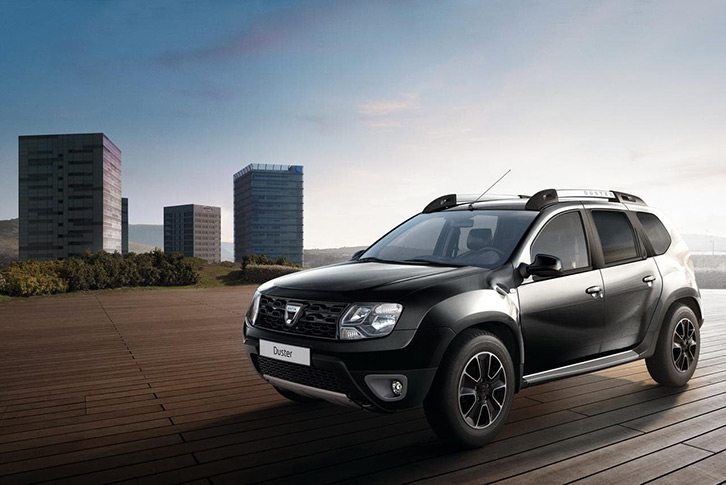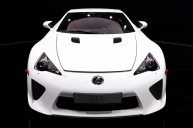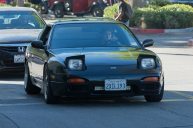The unappreciated Dacia Automobile has a pretty cool story.
Dacia Automobile makes some pretty great cars, but almost no one in America has bothered to learn much about them.
For those of you that don't know, Dacia is a Romanian automobile manufacturer founded in 1966 under the name Uzina de Autoturisme Pitesti (UAP).
Back then, Romania was ruled by notorious dictator Nicolae Ceausescu. Like the story of many Communist cars, Romania needed to be motorized. So, the design rights of the Renault 8 were acquired, and later the Renault 12.
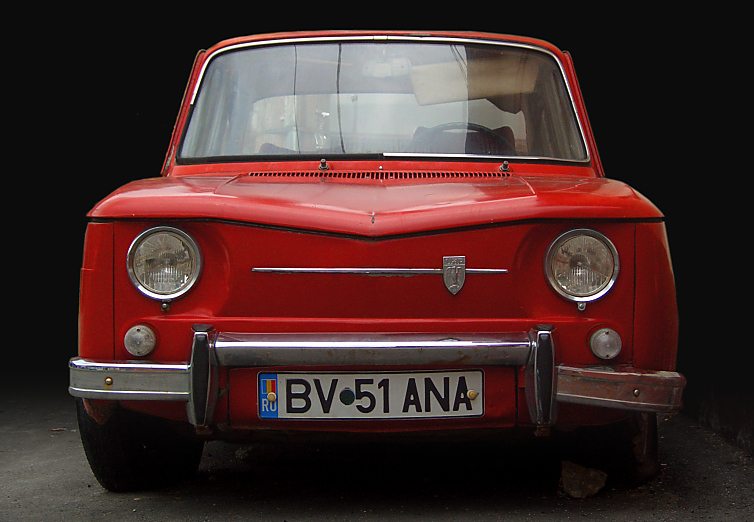
Wikimedia
This is the Dacia 1100. It was literally identical to the Renault 8, apart from some badges and trim.
From its production run from 1968 to 1972, just over 37,000 cars were built. A sport version of this, the 1100s, was also produced in limited numbers.
It was basically a Renault R8 Gordini, known as an exquisite rally car from this time period. These cars were built for the police and sometimes used in motorsport.
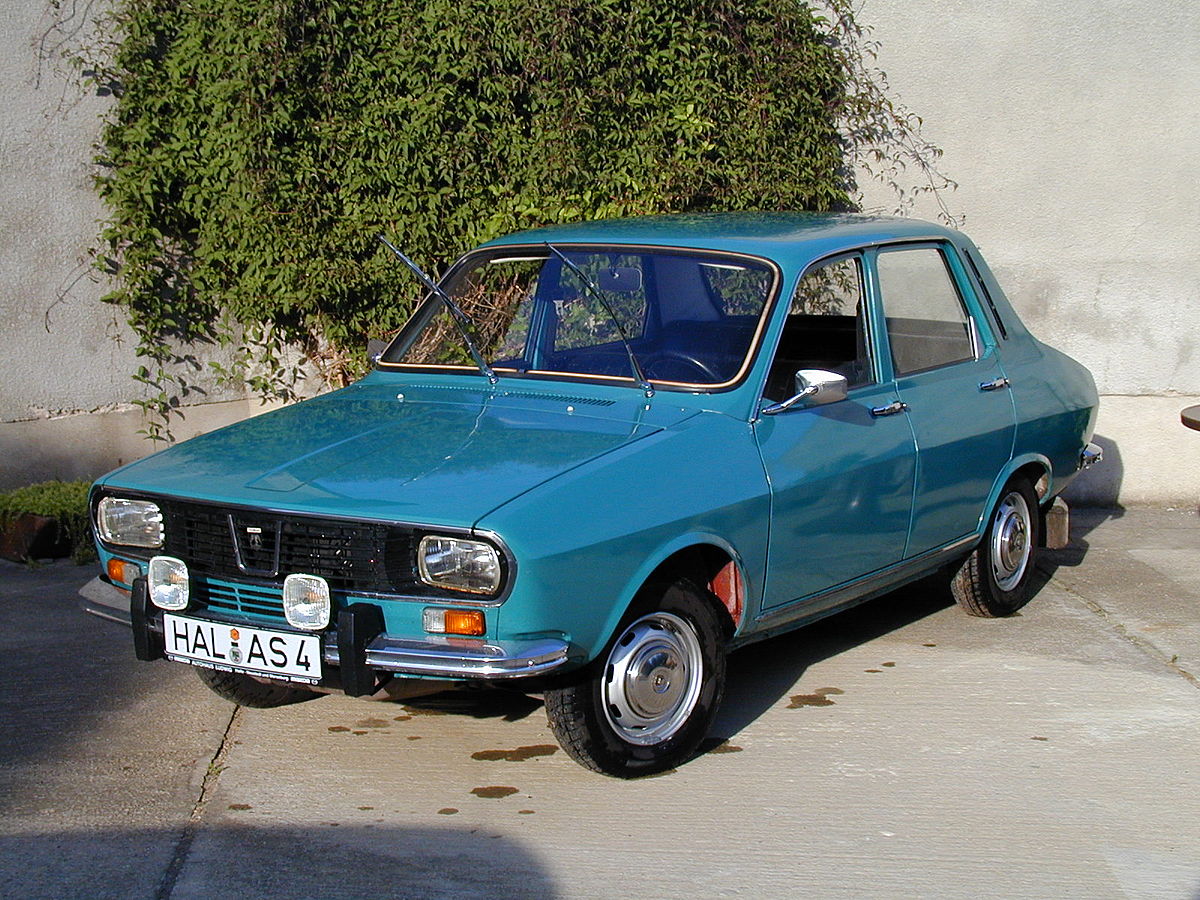
Wikimedia
In 1969, the Dacia 1300 was introduced, which was based on the Renault 12. This ended up being the true Romanian people's car. Almost two million cars were built, and the model lasted until 2004, with no power steering, no air conditioning, and no ABS.
The car hadn't changed substantially at the end of its production run. It had endured many facelifts and slight name changes in order to keep things fresh. It was also one of the first Communist cars to be substantially exported. Many 1300s were sold throughout the Eastern Bloc, and even North Korea.
Jump forward to the 1990s. Quite a few new Dacia models were introduced, and sold decently, though none of them continued to sell as well as the 1300.

Wikimedia
Then, in 1999 Renault decided to buy Dacia. Given that all Dacia vehicles were underpinned by Renaults, it came as no surprise.
In 2000, they took the Dacia Nova, a model from the 1990s, and fitted it with a Renault engine and transmission. Though it had a radio, electric windows, and air conditioning, it didn't sell in great numbers. It was really only built to let the factory workers begin to get familiar with the new tooling for the Renault Group-based Dacias.
The Dacia Solenza, pictured above, was the second phase of this. It was sold for just three years, and the Dacia Logan was then produced from late 2004/2005.

Wikimedia
From the Logan came other Renault-based cars. These include the Dacia Duster, a light SUV, and the almost perfect Dacia Sandero hatchback. More recent models include the Dokker, a sort of small cargo van, and the Lodgy, an MPV.
Dacia is one of a few Communist car companies that's been overly-Westernized. Skoda technically counts, but they existed before the Czech region was Communist. What I like about Dacias is that they have simple, yet modern designs. They aren't bogged down with unnecessary tech. Due to French investment, Dacia, should they choose, could be a world car manufacturer, with their cars in the markets of every continent (except Antarctica, obviously. Polar bears can't drive).
What I think I like the most about Dacias is that, though they have Renault underpinnings, they aren't bogged down with massive computer interference, nor do they have a stereo that you need a doctorate in electrical engineering to understand.
They are like Renaults, but without all the unnecessary crap.
With the end of the Romanian Communist regime came a new beginning for the Dacia brand. Maybe they'll be exported to the US one day, because I'm tired of seeing Hondas everywhere...
NEXT: MY 3-STEP PLAN FOR IMPROVING VOLKSWAGEN'S MARKET SHARE IN THE UNITED STATES
WATCH
